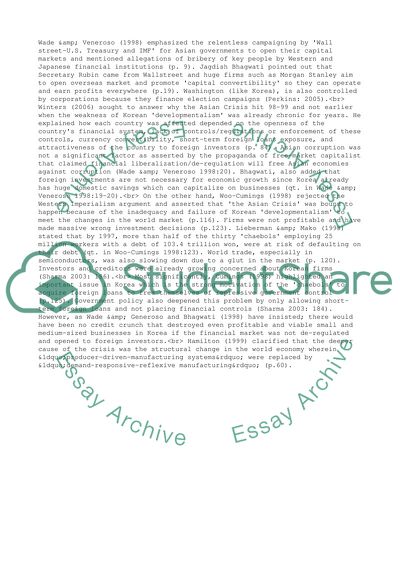Cite this document
(“Multinationals,asian success and Gloobal econmy Essay”, n.d.)
Multinationals,asian success and Gloobal econmy Essay. Retrieved from https://studentshare.org/business/1534208-multinationalsasian-success-and-gloobal-econmy
Multinationals,asian success and Gloobal econmy Essay. Retrieved from https://studentshare.org/business/1534208-multinationalsasian-success-and-gloobal-econmy
(Multinationals,asian Success and Gloobal Econmy Essay)
Multinationals,asian Success and Gloobal Econmy Essay. https://studentshare.org/business/1534208-multinationalsasian-success-and-gloobal-econmy.
Multinationals,asian Success and Gloobal Econmy Essay. https://studentshare.org/business/1534208-multinationalsasian-success-and-gloobal-econmy.
“Multinationals,asian Success and Gloobal Econmy Essay”, n.d. https://studentshare.org/business/1534208-multinationalsasian-success-and-gloobal-econmy.


